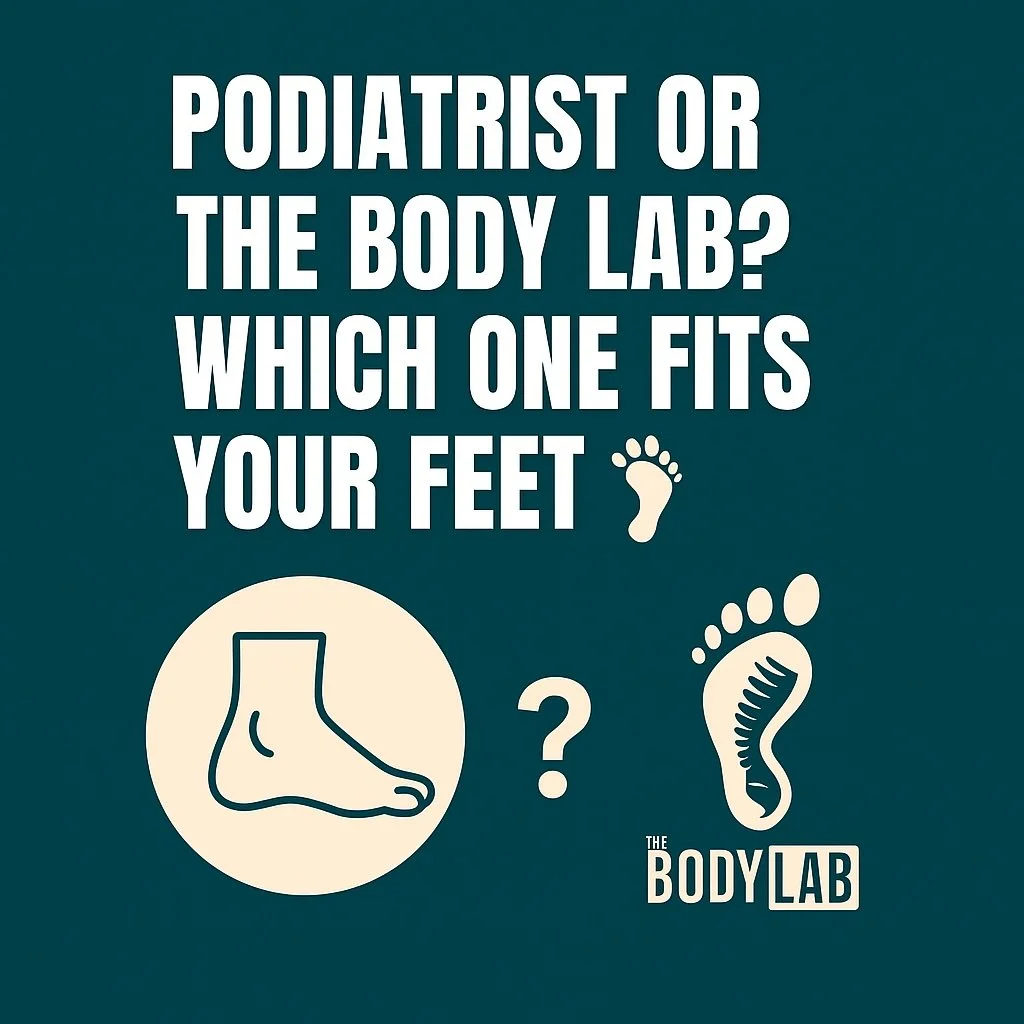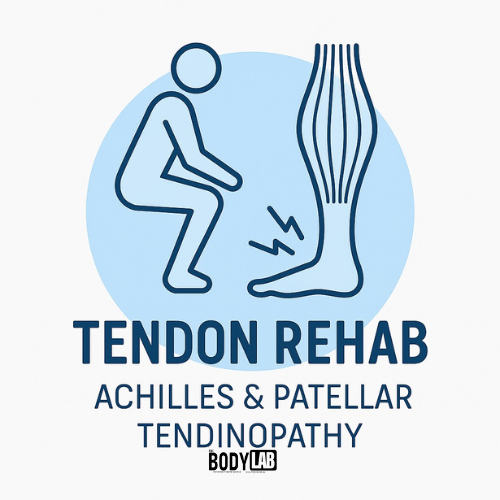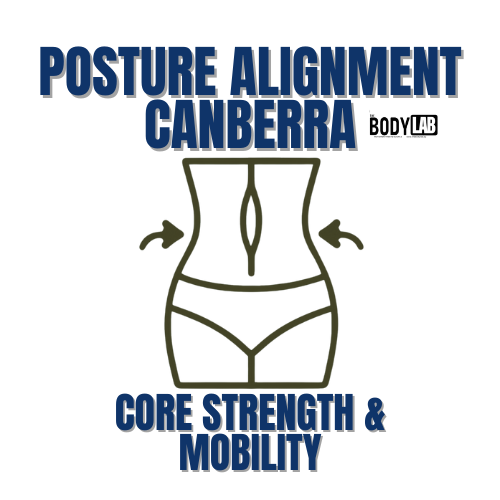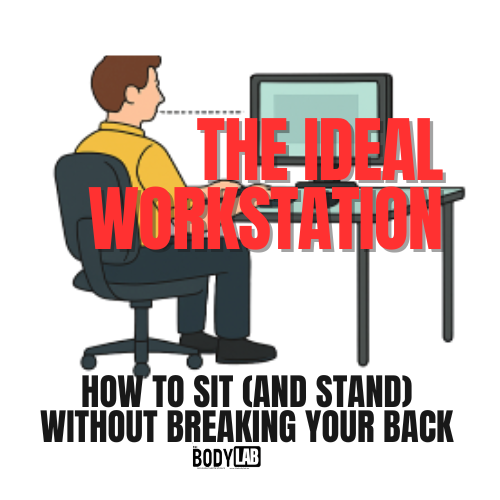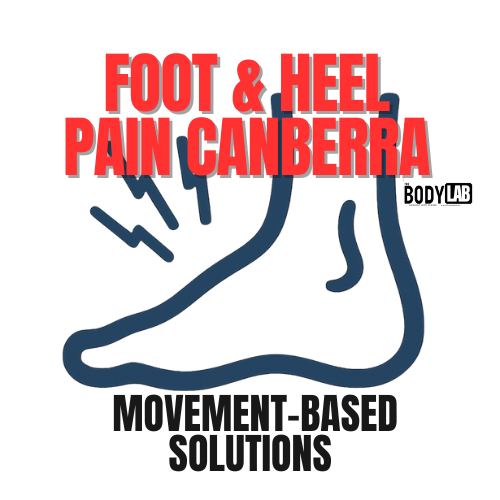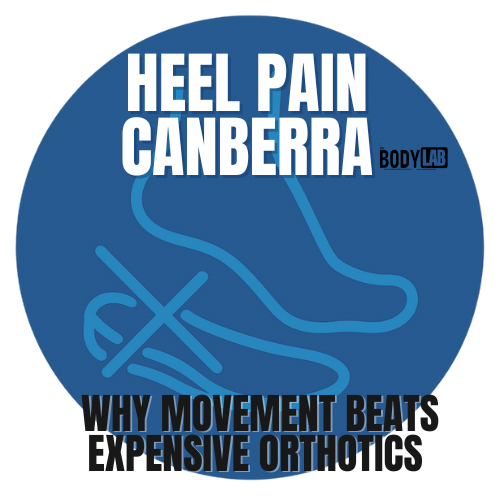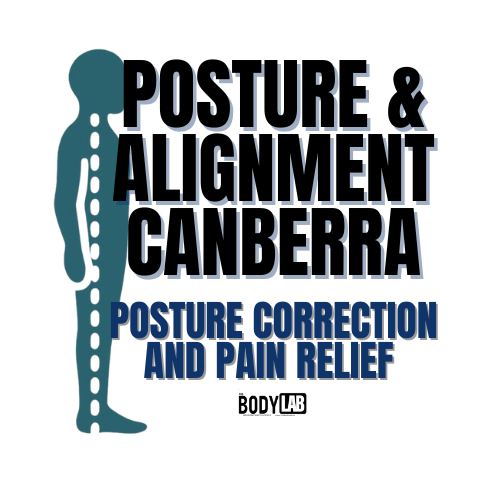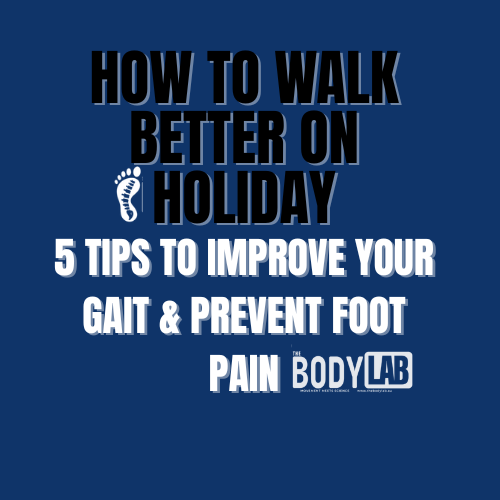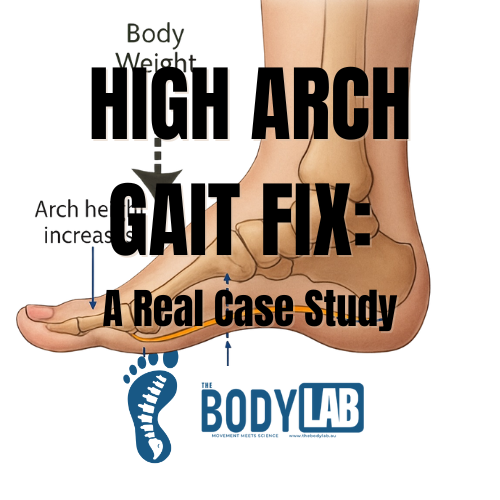How Arthritis Changes Your Gait and What You Can Do to Prevent It in Canberra
Arthritis can significantly impact your ability to walk, changing your gait and affecting mobility, posture, and overall quality of life. If you’ve noticed yourself limping, slowing down, or struggling with balance, arthritis in your hips, knees, ankles, or feet may be the culprit. Fortunately, with the right approach, you can reduce these changes and maintain better movement.
How Arthritis Affects Your Gait
Your gait is the way you walk—the rhythm, pattern, and movement of your legs and feet. Arthritis, whether osteoarthritis (OA) or inflammatory arthritis (such as rheumatoid arthritis), can affect your gait by causing:
- Pain : Walking may become painful, leading to avoidance of certain movements.
- Stiffness : Reduced flexibility can make it harder to step forward or shift weight.
- Weakness: Arthritis-related muscle imbalances can make it difficult to support your body during movement.
These factors often result in **gait compensations**, such as:
- Limping (antalgic gait)– A shorter stance phase to avoid pain.
- Waddling (Trendelenburg gait)– Weak hip muscles cause the pelvis to drop when lifting the opposite leg.
- Shuffling gait – Reduced movement in the hips, knees, and ankles due to stiffness.
- Uneven weight-bearing – Increased strain on the non-affected side, leading to further imbalances.
How Different Types of Arthritis Affect Your Gait
Osteoarthritis (OA)
OA, caused by joint wear and tear, often affects one side of the body more than the other. This can lead to a **limping gait**, muscle imbalances, and pain-related movement avoidance.
Rheumatoid Arthritis (RA)
RA typically affects joints symmetrically (on both sides of the body). This can create multiple gait disturbances, including joint stiffness and instability, leading to an **awkward or unsteady gait**.
Gout
Gout commonly affects the big toe joint, causing **sudden, intense pain** that makes walking nearly impossible during a flare-up. Over time, repeated flares may lead to permanent changes in foot function and gait**.
The Long-Term Effects of Gait Changes
Altering your gait due to arthritis can have lasting consequences:
- Joint Stress & Pain in Other Areas – Changes in how you walk can lead to arthritis in other joints (e.g., if you favour one leg, the opposite hip or knee may develop arthritis).
- Muscle Weakness & Fatigue – Certain muscles work harder than others, leading to imbalance and exhaustion.
- Postural Changes– Compensation patterns may affect spinal alignment and overall posture.
- Increased Risk of Falls – Instability caused by arthritis-related gait changes can raise your risk of falling and fractures.
Research-Backed Strategies to Prevent Gait Changes in Canberra
1. Strengthen Key Muscles
Building strength in the hips, knees, and ankles can support proper movement. **Recommended exercises:**
- Glute bridges and leg raises for hip stability
- Quadriceps and hamstring strengthening for knee support
- Foot and ankle mobility drills to maintain flexibility
A study published in *Arthritis & Rheumatology* found that targeted strength and balance training significantly reduces gait abnormalities and improves mobility in arthritis patients ([source](https://doi.org/10.1002/art.38965)).
2. Improve Balance and Coordination
Arthritis can affect balance, making falls more likely. Balance-boosting exercises include:
- Standing on one leg
- Spinal mobility exercises
- Functional movements like stepping onto an unstable surface (e.g., a foam pad)
Research from the *Journal of Orthopaedic & Sports Physical Therapy* highlights that balance exercises can improve walking speed, stability, and gait mechanics in arthritis patients ([source](https://www.jospt.org)).
3. Work on Walking Patterns
Retraining your gait through movement therapy can prevent further compensations. Focus on:
- even pressure in both feet when you stand
- Engaging in how you walk and what is occuring.
- Using **a mirror or video feedback** to assess your movement
4. Improve Mobility of Joints
Maintaining and enhancing joint mobility is crucial for reducing stiffness, pain, and compensatory movement patterns.
Perform joint mobility exercises targeting the hips, knees, and ankles.
Engage in dynamic stretching routines to improve flexibility.
Use manual therapy techniques such as joint mobilisations and myofascial release to improve movement quality.
Studies have shown that regular joint mobility work can prevent further deterioration and reduce arthritis-related gait disturbances (source).
5. Seek Expert Guidance in Canberra
At The Body Lab in Canberra, I specialise in movement analysis and rehabilitation to help arthritis patients walk better and reduce pain. Through:
- Gait assessmentsto identify compensation patterns
- Targeted mobility & strength programs
- Hands-on techniques to improve joint function
I can help you maintain mobility, reduce discomfort, and prevent further changes in your gait.
Why Choose The Body Lab for Arthritis Gait Assessment in Canberra?
- Expert in Biomechanics & Gait Therapy – I provide in-depth **movement assessments** tailored to arthritis patients.
- Personalised Treatment Plans – Every client receives a **customised program** designed to **improve movement and reduce pain**.
- Holistic Approach to Arthritis Management – My services integrate **strength training, mobility drills, and hands-on therapy** for long-term results.
Take Action: Keep Moving with Confidence in Canberra
If arthritis is affecting your ability to walk comfortably, now is the time to act. Don’t wait for further changes to set in book a consultation at The Body Lab today and take control of your movement and mobility!
Struggling with foot pain in Canberra? Learn when arch support actually helps, when it doesn’t, and why foot function matters more than arch shape.
Back pain is ridiculously common in Canberra — but that doesn’t mean you should put up with it. In this guide, we break down the real causes of back pain, when you actually need a scan, who to see, and why movement (not bed rest) is your secret weapon. Clear, evidence-based, and written with zero fear-mongering — just the facts, a little sass, and practical steps to start feeling better today.
“Neutral spine” isn’t stiff posture — it’s your spine’s stress-free, pain-free position. This blog explains what it is, how to find yours, and why it changes everything from walking to lifting. With clear demos, simple cues, and a link to our Core Reset: Spinal Mobility Program, you’ll learn how to move better, breathe better, and feel better.
Can you really fix years of bad posture? Yes — absolutely. Your body is adaptable at any age, and with the right movement strategy, strengthening, mobility work and expert posture assessment, long-term improvements are not only possible but surprisingly achievable. Learn how to correct rounded shoulders, forward head posture, pelvic tilt and spine stiffness, and why clients across Canberra come to The Body Lab for posture and movement therapy.
Ever wondered what actually happens during a cranial-sacral therapy session? At The Body Lab Canberra, we combine gentle CST with nerve releases and acupuncture — a unique approach you won’t find anywhere else in Canberra. Discover what a session feels like, how it helps headaches, TMJ, anxiety, concussion recovery and that “not quite right” feeling your body hasn’t been able to explain.
Induction rates in Canberra are higher than ever — but that doesn’t mean you’re out of options. This guide explores why births are being induced more often, what it means for your labour, and how acupuncture can naturally support cervical ripening, reduce stress, and help your body prepare for birth on its own timeline.
Tired of shin splints ruining your game? Discover the real causes behind shin pain and how The Body Lab helps footy, soccer, and league players move better and recover faster.
Every step you take depends on a brilliant piece of foot engineering called the Windlass Mechanism. This dynamic system—driven by your plantar fascia and big toe—lets your arch lift, your heel rise, and your body move efficiently. In this deep dive, Riccardo from The Body Lab Canberra explains how it works, what happens when it fails, and how to restore effortless motion through smarter foot mobility exercises and biomechanical insight.
Posture correction in Canberra doesn’t mean endless stretching or nagging to “sit up straight.” The Body Lab offers a biomechanics-based, movement-first approach that treats the root cause of neck and back pain through assessment, manual therapy, and posture retraining.
If bunion pain is limiting your movement, The Body Lab Canberra offers a smarter solution. Instead of relying on orthotics or surgery, Riccardo Galeotti uses biomechanics, gait retraining, and hands-on therapy to help you move freely again — from the ground up.
Podiatrist or The Body Lab Canberra? Learn how Riccardo Galeotti treats foot pain and plantar fasciitis through biomechanics and movement — not just needles or orthotics.
Knee pain isn’t just a knee problem. At The Body Lab Canberra, Riccardo Galeotti uses biomechanics, gait analysis, and tailored movement therapy to restore pain-free motion.
Curious if The Body Lab’s biomechanics workshops are right for you? Whether you’re a health professional looking to deepen your understanding of functional movement, or simply someone who wants to learn how their body really works, these hands-on workshops offer a unique approach to biomechanics — blending science, movement, and practical application from the ground up.
Protein isn’t just about muscle — it’s the chemistry behind movement, mood, and recovery.
At The Body Lab Canberra, we explore how amino acids like tryptophan, tyrosine, and glutamine fuel your brain, support your nervous system, and rebuild your body from the inside out. Learn the science, discover the best food sources, and see how protein underpins everything from stress recovery to smooth, coordinated movement.
Bunions aren’t just bumps. At The Body Lab Canberra, we treat the real cause — poor movement. Learn how exercise therapy and biomechanics can restore your feet naturally.
At The Body Lab, every treatment begins by calming your nervous system — because movement starts with safety. Through gentle nerve releases and neural mobilisation, we help your body shift from tension to flow, restoring fluid motion and connection. Discover how science backs the idea that “motion is lotion for your nerves” and why our Foundational Movement, Advanced Biomechanical, and Movement & Longevity Roadmap sessions all start with one goal: helping your nerves feel safe to move again.
Physio or The Body Lab? Compare Canberra’s movement options. Learn when to see a physiotherapist for acute injuries or Riccardo Galeotti for chronic pain and complex movement issues.
Did you know exercise changes your brain chemistry? A Tasmanian study has found that vigorous activity lowers levels of GFAP, a protein linked to dementia risk. This means that running, swimming, or any activity that gets you puffing could help keep your brain younger for longer.
Tendons love load—but only in the right amount. This guide explains how exercise prescription based on tendon strain can improve Achilles and patellar tendinopathy, with practical exercises, timelines, and tips for older adults in Canberra.
Discover how posture alignment in Canberra can be restored through mobility and core strength. Learn the latest research on diastasis recti, why mobility comes first, and how The Body Lab’s programs help you move better, reduce pain, and build lasting stability.
Ever feel like your desk is plotting against you? Poor workstation setups cause back pain, stiff necks, and endless discomfort. The fix? A few smart tweaks to your chair, desk, and daily habits. This guide breaks down the ideal ergonomic workstation setup—from sitting and standing desk posture to office chair ergonomics and healthy work habits. Plus, discover how our Canberra ergonomic workshops can help you fine-tune your setup and work without the aches.
If your first steps in the morning feel like walking on Lego or your arches ache after a day on your feet, we can help. At The Body Lab, we treat heel pain and foot problems with a movement-first approach that calms irritation, restores strength, and retrains how your feet move. Backed by current research—and taught by us to therapists nationwide—our programs build resilient, pain-free feet without the endless cycle of expensive orthotics.
Heel Pain Canberra: Why Movement Beats Expensive Orthotics
If your first steps in the morning feel like walking on Lego, you’re not alone. At The Body Lab, we treat heel pain with a movement-first approach that calms irritation, restores load tolerance, and keeps you off the endless orthotics treadmill. Backed by the latest research—and taught by us to therapists across Australia—our plan builds resilient feet that move better, not weaker.
Struggling with neck tension, back pain, or feeling like a human question mark? At The Body Lab Canberra, we specialise in posture and alignment. Discover how simple cues and evidence-based movement therapy can reset your stance, improve breathing, reduce pain, and keep you moving with ease.
Going on a walking holiday? Don’t let poor foot mechanics ruin your trip. Discover how to walk smarter (not harder) with these practical tips and a simple 4-week plan to get your feet travel-ready—no orthotics required.
A Sydney-based practitioner shares their experience at Riccardo’s Mastering Foot Mechanics workshop—an engaging, practical, and foot-nerdy day of learning that delivered real results with minimal reps.
Foot pain, poor balance, or stiff hips? It could be your arches. In this case study, we dive into Debbie’s journey from rigid feet and painful walking to feeling grounded and mobile—without relying on orthotics.
The Windlass Mechanism isn’t just a fancy term—it’s the foot’s built-in suspension system. This deep-dive explores the plantar fascia’s role during walking, how toe extension lifts the arch, and why failure of this mechanism leads to pain and dysfunction. We unpack passive, reverse, and active windlass mechanics and arm therapists with assessment and rehab strategies that work from the ground up—literally.
Swallowing isn’t just about food—it’s a full-body event. From the tongue and hyoid to ribcage and jaw, this blog explores how assessing your swallow can uncover muscular tension, postural compensation, and even help explain neck pain or restricted breathing. Perfect for manual therapists, movement pros, and curious humans alike, it’s time to stop ignoring your swallow and start assessing it.
Feeling stuffed up, foggy, or forever congested? This step-by-step sinus self-clearing guide gives you safe, science-backed techniques to reduce pressure, improve nasal breathing, and stop feeling like your head’s full of bricks. Includes pre-clearing tips with peppermint oil or Vicks, manual techniques for sinus release, and tips for long-term results—all from The Body Lab in Canberra.











